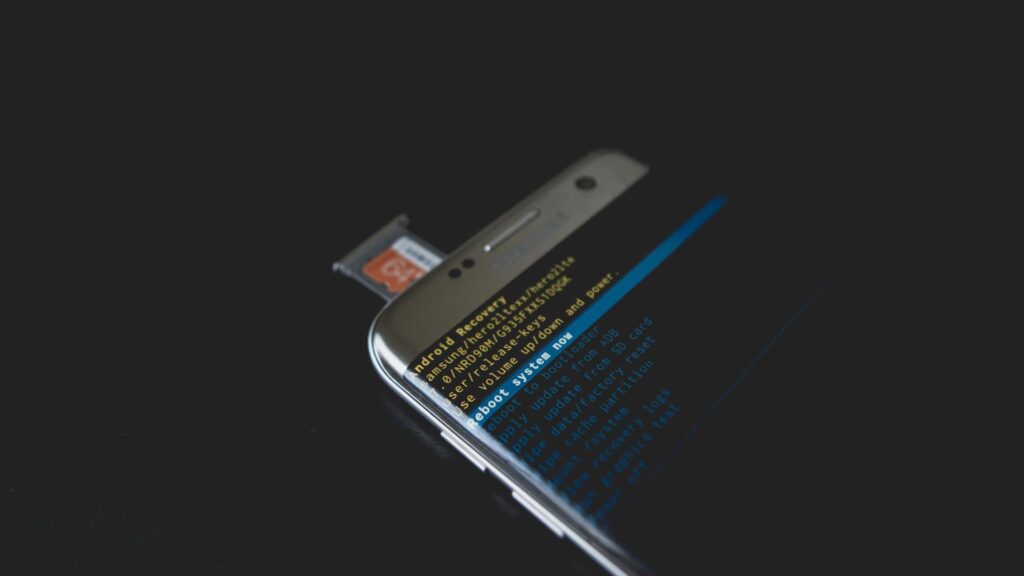In a significant shift from its traditional software update approach, Samsung’s upcoming Galaxy S25 series is poised to become the company’s first flagship line to feature seamless updates, a capability that has been standard on many Android devices since 2016. This long-awaited addition could revolutionize how Samsung users experience software updates, marking a pivotal moment in the company’s smartphone evolution.

According to recent reports, the Galaxy S25, expected to launch in January 2025, will implement the A/B partition system that enables background installation of software updates. This development comes after Samsung’s initial testing of the feature with its mid-range Galaxy A55 model earlier this year.
A Long-Awaited Feature
The journey to seamless updates on Samsung flagships has been notably long. Since Google introduced the feature with Android 7.0 Nougat in 2016, most major Android manufacturers have adopted it. However, Samsung, despite being the leading Android smartphone maker, has consistently opted out of implementing this technology in its flagship devices.
“The introduction of seamless updates in the Galaxy S25 series represents a significant shift in Samsung’s update strategy,” explains Dr. Sarah Chen, a mobile technology analyst at TechInsights. “This move could substantially improve the user experience by minimizing update-related downtime.”
Comparing Traditional Updates and Seamless Updates
| Feature | Traditional Update Methods | Seamless Updates |
|---|---|---|
| Installation Process | Requires a full restart to initiate the installation | Updates are installed in the background while the device is in use |
| Downtime | Users experience significant downtime during installation | Minimal downtime; only a quick reboot is needed after installation |
| Update Storage | Updates are downloaded and stored temporarily, requiring sufficient free space | Utilizes A/B partitioning, allowing updates to be installed on a separate partition without needing extra space on the primary partition |
| Failsafe Mechanism | If an update fails, recovery can be complicated, potentially leading to data loss or bricking the device | Provides a failsafe rollback option; if the new update fails, the device can boot from the previous active partition, ensuring continued functionality |
| User Experience | Users often see an “Android is updating” screen, which can be frustrating and time-consuming | Users do not see lengthy update screens; they can continue using their devices as updates are applied in the background |
| Frequency of Updates | Updates may be less frequent due to the cumbersome installation process | Encourages more frequent updates as they can be applied seamlessly without interrupting user activity |
How It Works
The seamless update system utilizes two system partitions: while one runs the current version of the operating system, the other can receive and prepare new updates in the background. This approach significantly reduces the time a device is unavailable during updates, requiring only a quick reboot to switch to the updated system.

Impact on User Experience
Industry experts suggest that this feature could be particularly crucial as smartphones become increasingly AI-focused. With Samsung’s expanding Galaxy AI features, more frequent updates might become necessary, making a streamlined update process essential.
“The timing of this implementation aligns perfectly with the increasing complexity of smartphone software,” notes Mobile Technology Researcher James Martinez. “As AI features become more prevalent, the ability to install updates seamlessly will become increasingly valuable.”
Looking Ahead
While this development marks a significant step forward, it’s important to note that existing Samsung devices, including the current Galaxy S24 series, cannot receive this feature through software updates alone, as it requires specific hardware partitioning.
For Samsung users, this change represents more than just a convenient feature—it signifies the company’s commitment to improving the software experience, building upon its already impressive seven-year update guarantee for flagship devices.
The Galaxy S25’s adoption of seamless updates may well set a new standard for Samsung’s future devices, potentially influencing the broader Android ecosystem and raising user expectations for software update experiences across the industry.

